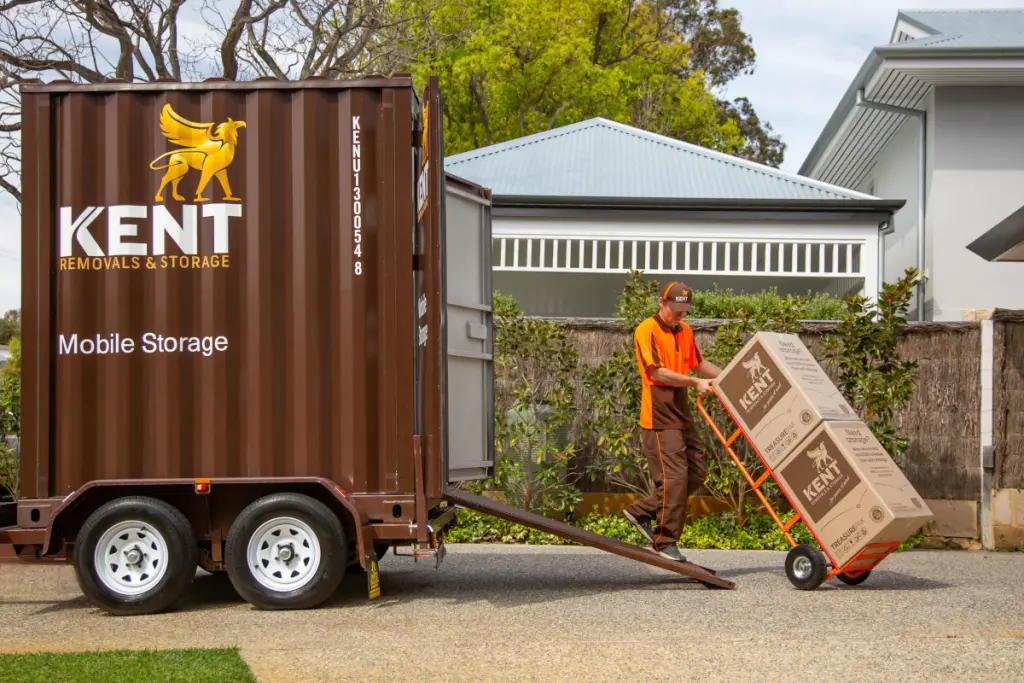Step 1: Clean Your TV
It’s vital to give your television a thorough clean. TVs tend to collect a significant amount of dust due to static electricity. If this dust is allowed to settle inside your TV, it has the potential to do serious damage to the internal circuits. A dust build-up on the screen of your TV can also cause problems whilst in transit; friction against the dust by other objects can cause abrasions on the screen. These abrasions, will make the picture on your TV look very grainy, and extremely poor in terms of quality.
Keep in mind that the best way to remove dust from your TV is to use a compressed air duster or a microfibre or cotton dust cloth. Never use cleaning sprays or soap and water.
Step 2: Use A Proper TV Moving Box
When it comes to knowing how to pack a TV for storage, sound knowledge of packing materials plays an enormous part. If you’ve kept the original box that your TV came in (fingers crossed!), simply use this. This is the ideal type of box in which to store your TV, particularly if your TV is a modern, skinny, wide flat screen TV.
If you haven’t kept the original box, there’s no need to be alarmed. Instead, contact your storage specialist. If you’ve contracted an experienced, professional secure storage provider, they will be able to supply you with a custom flat screen TV packing box.
Step 3: Carefully Pack and Wrap Your TV
Once you have your TV moving box organised, carefully place your television inside. Remember that your TV will bounce a little during transit, so this step is all about removing the possibility of impact. Make sure you remove the stand from the TV before you slide it into the box and remove as many of the cords as possible.
Once all the parts of the TV are inside the moving box, fill any empty air pockets with Styrofoam inserts or bubble wrap. Then, make certain that the box is secure on all sides and edges (using packing tape). You most definitely do not want your TV to slip out one side during the move.
If you don’t have the original packaging, and your storage specialist can’t provide you with an appropriate moving box, then carefully wrap your TV in a thick, protective layer. A heavy doona will usually do the trick. Just make sure there are no buttons or zips that can rub against your TV. It’s also a good idea to tie this material to your TV using rope to prevent it slipping and sliding off.
Essentially, a modern TV is just a big pane of glass. So, you need to protect the screen at all costs—there’s really no coming back from a smashed pane of glass.
Step 4: Transport Your TV Safely
When it comes to transporting your TV to your new storage facility, it’s important to keep it upright at all times. A great idea is to place it between some flat items that will provide some degree of protection, such as mattresses or the backs of a couple of couches. Whatever you do, don’t lay your TV down flat—if something moves while the truck is driving, and falls on top of it, you’re likely looking at a smashed screen.
Step 5: Pick A TV Friendly Storage Facility
Televisions are actually quite delicate and susceptible to environmental factors. Humidity is the biggest threat to your television so you need to ensure that it is stored somewhere that prevents moisture and heat build-up. Similarly, sudden temperature drops or prolonged cold can damage the screen of your TV, causing parts of it to crack and warp. So, for maximum protection you should find a climate-controlled storage facility.
Step 6: Store Your TV Correctly
So, you now know the best way to pack a TV and how to store a TV properly. The number one rule for storing a TV is to ensure that there is no pressure placed on it. Your TV should always be stored in its natural position. Never have it facing screen down, or screen up, just in case something falls on it. For extra protection you could use sturdy heavy items, like tabletops or bed heads to create a protective cage around your TV. Just make sure you leave enough space so it isn’t damaged if anything topples over.
With these steps, you should now know how to pack a TV for storage. If you put time and effort into the preparation process, and remove all the risks, your TV will remain in great condition for your next movie-marathon or the big game.







